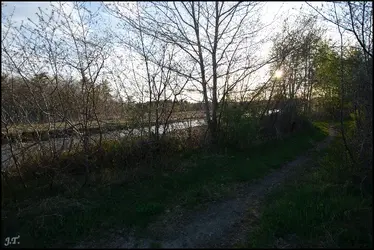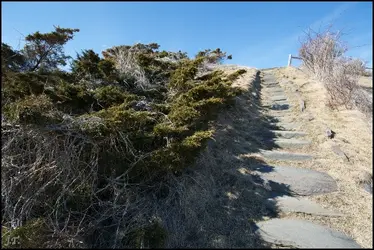The first and most important step to take in improving is to learn to be objective about your own work.
This is difficult but can be done in a methodical way by asking yourself a series of questions about the photo and then answering them.
- Are there one or more centers of visual interest?
- Is(are) the center(s) of interest - the main subject(s) - well placed within the frame and does the placement relate well to the rest of the content so that the viewer’s eye is drawn to, rather than away?
- Is there excess space that pulls the eye away and drains any tension or drama from the picture?
- Is there enough space so that nothing feels cramped or cut off?
- Are there geometric issues? e.g. are the horizontals and vertical correct, and is that important?
- Is the composition appropriate for the content?
- Are important areas too dark?, or light?
- Is the color or tonality appropriate for the content? Saturation or lack of it? Correct hues, white balance?
- Does the color make the point that the photographer wants?
- Is the sharpness or lack of sharpness appropriate?
- Is everything that should be in focus and sharp, actually so?
- In the reverse, is there so much depth of field, that attention is drawn away from the real object of interest?
- Are there individual small defects - points of motion, dirt on the lens/sensor, out-of-focus spots that hurt the image, unduly bright areas that draw the eye?
Clearly, learning how to even answer these questions will require some effort, but these 'answers' are what will coalesce into an understanding of composition.












![[No title]](/data/xfmg/thumbnail/37/37102-ef61523dcb48f0bd3a761c8bb5cea767.jpg?1734169829)




